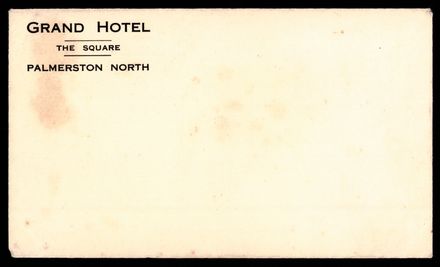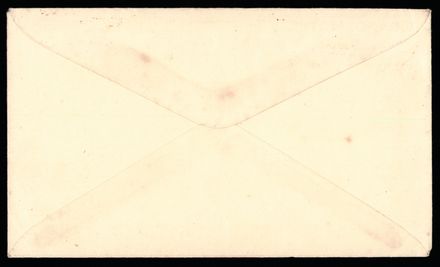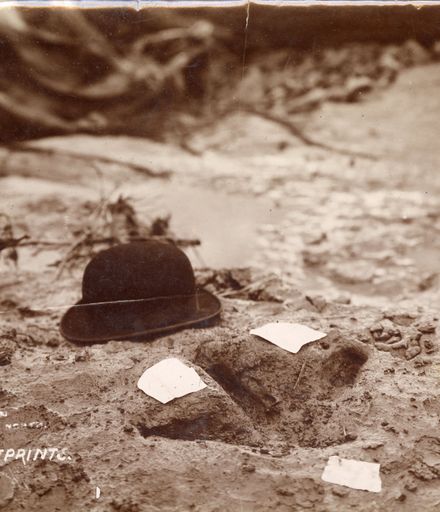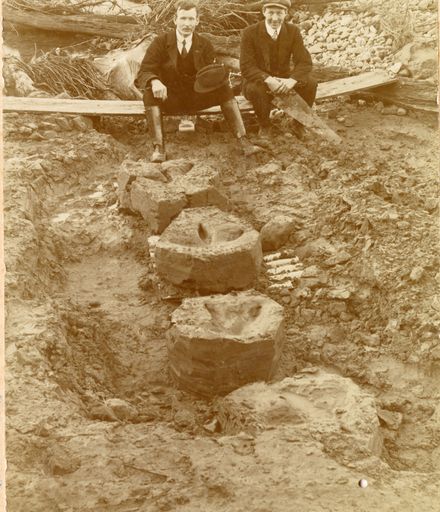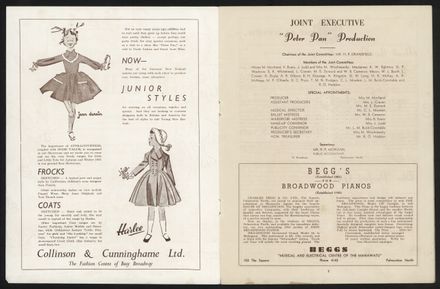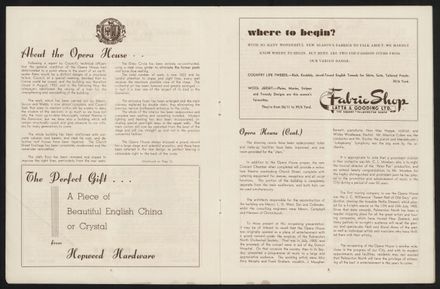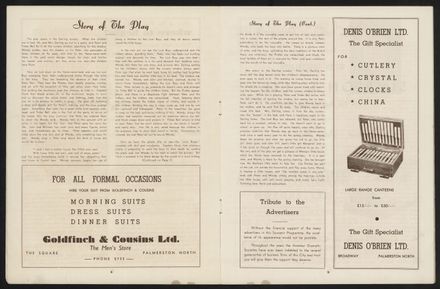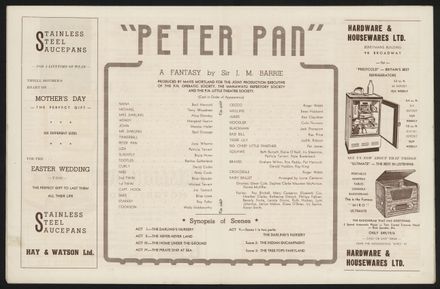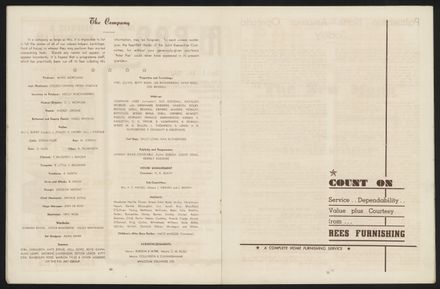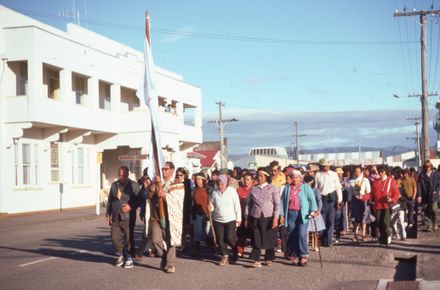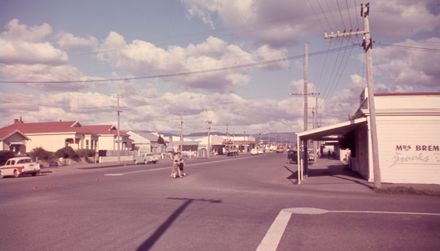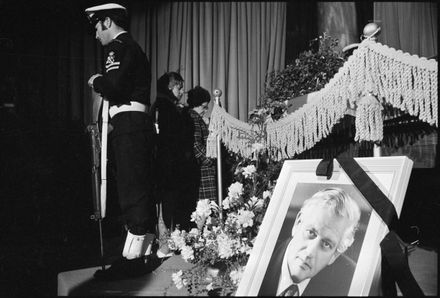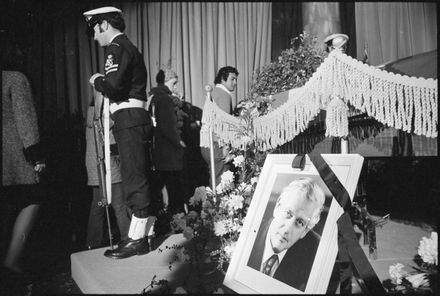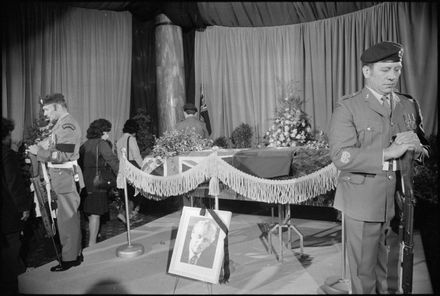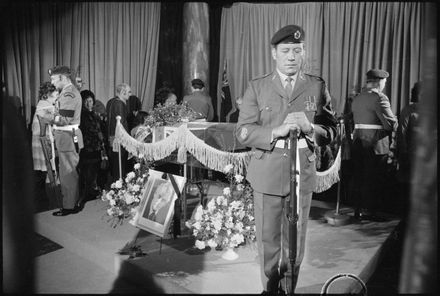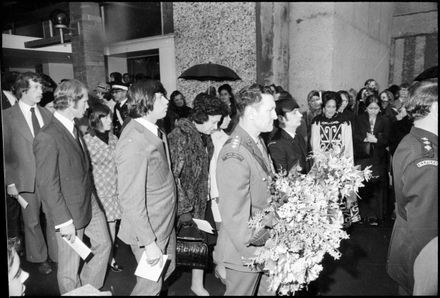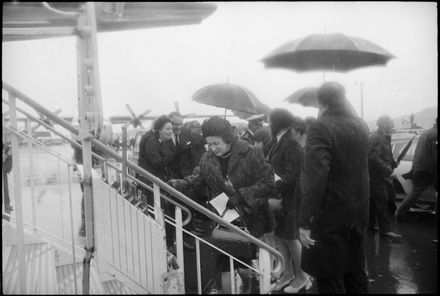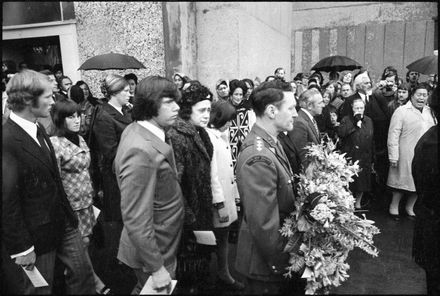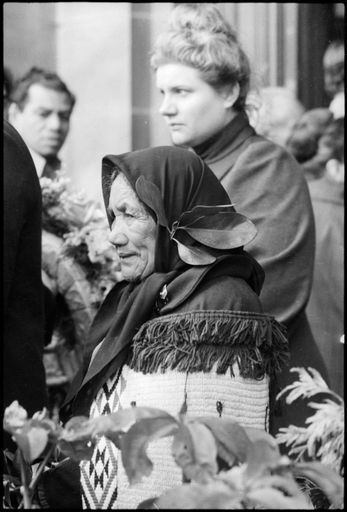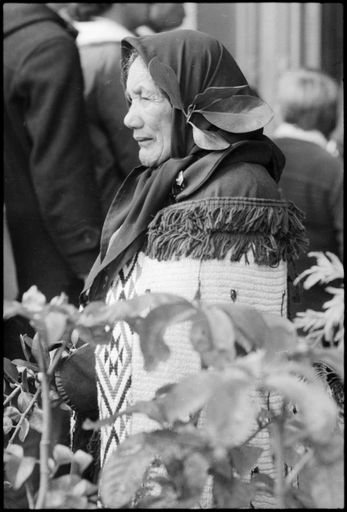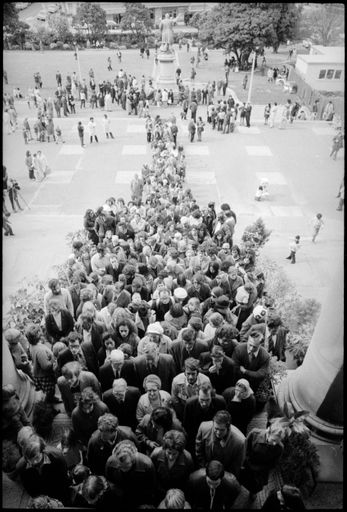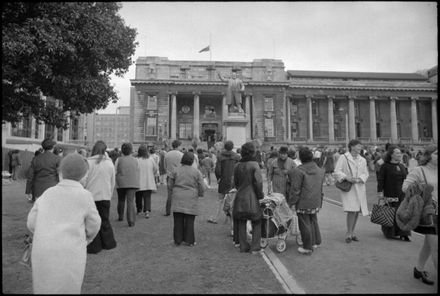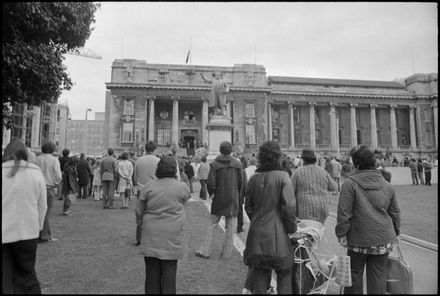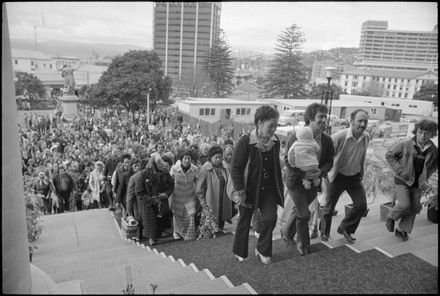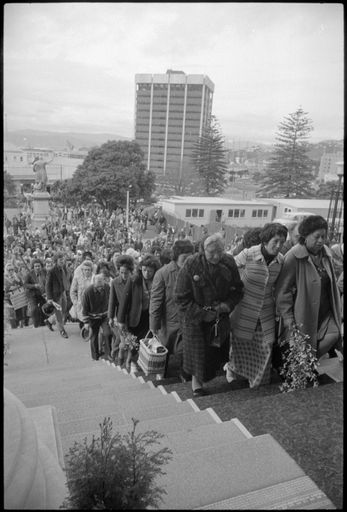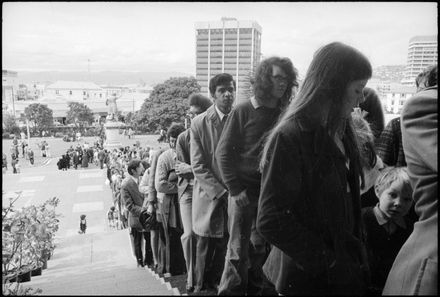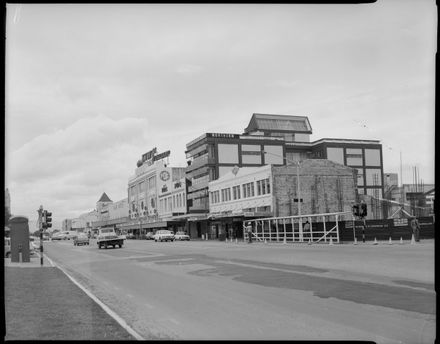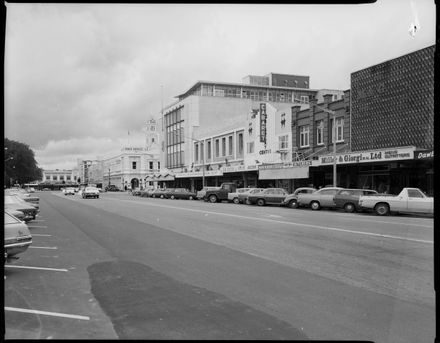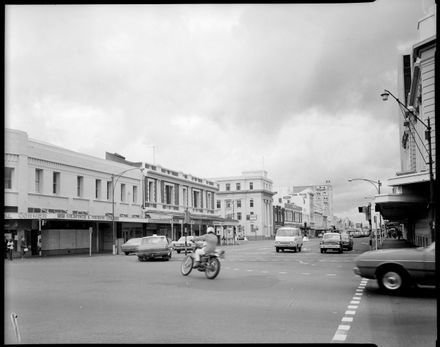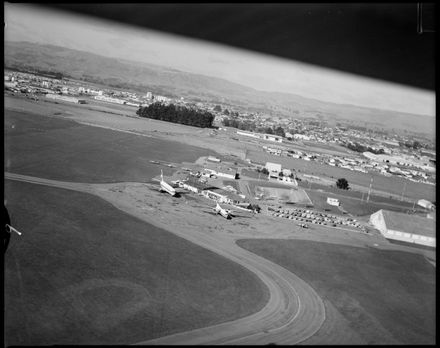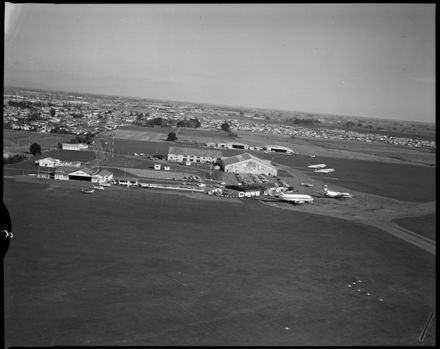The first image in this set was taken by staff photographer Phil Green and published in The Manawatū Evening Standard on 5th September 1974.
Text about Mrs Kirk at her husband's funeral was published in articles of The Manawatū Evening Standard from her arrival on the 4th of September until her departure on the 5th of September.
"The widow of the Prime Minister and mother of five, Mrs Ruth Kirk, walked through the rain up the 35 steps to the foyer of parliament last night and took a lingering look at the flag-draped casket. It was her first appearance in public since her husband's death on Saturday night. Mrs Kirk appeared well although visibly moved. She stood before the casket for three minutes before moving away. She was accompanied by The Member of parliament for Palmerston North and Minister of Overseas Trade, Mr Walding. Also in the cortege were Mrs Kirk's elder daughter, Mrs Margaret Thompson, her daughter-in-law, Mrs LynnKirk and her housekeeper Miss Margaret Farrelly. Mrs Kirk came to Parliament after attending a 5 p.m. Roman Catholic memorial service at the Basilica in Hill Street near Parliament. About 3000 attended the service." ...
"Mrs Ruth Kirk and members of her family arrived, Mrs Kirk looked composed as she was met by the Dean of Wellington, the Rev. W Hurst. She stood outside for several seconds before entering St Paul's on the arm of one of her sons." ...
"Prince Charles sat at the front of the cathedral with the Govenor-General Sir Denis Blundell and Lady Blundell. Near him sat Mrs Kirk with her youngest daughter Robyn, and other members of the family. Throughout the service Mrs Kirk was composed and serene as she comforted Robyn." ...
"Mrs Kirk leaves the drenched capital for Christchurch and then Waimate, where her husband was to be buried this afternoon close to the plot of his mother and father."
Norman Kirk was the 29th Prime Minister of Aotearoa New Zealand. Leader of the Labour Party since 1965, he became Prime Minister in 1972. Affectionately known as “Big Norm,” his popularity, commanding presence, and commitment to government earned him respect throughout Aotearoa and the Pacific Islands. When he died suddenly in office on 31 August 1974 at the age of 51, there was a huge outpouring of public grief. The entire nation stopped and mourned. His state funeral was held 4 September 1974 at St Paul’s Cathedral in Wellington, and he was buried at Waimate Cemetery in the South Island. Norman Kirk was the 5th New Zealand Premier or Prime Minister to die in office.

